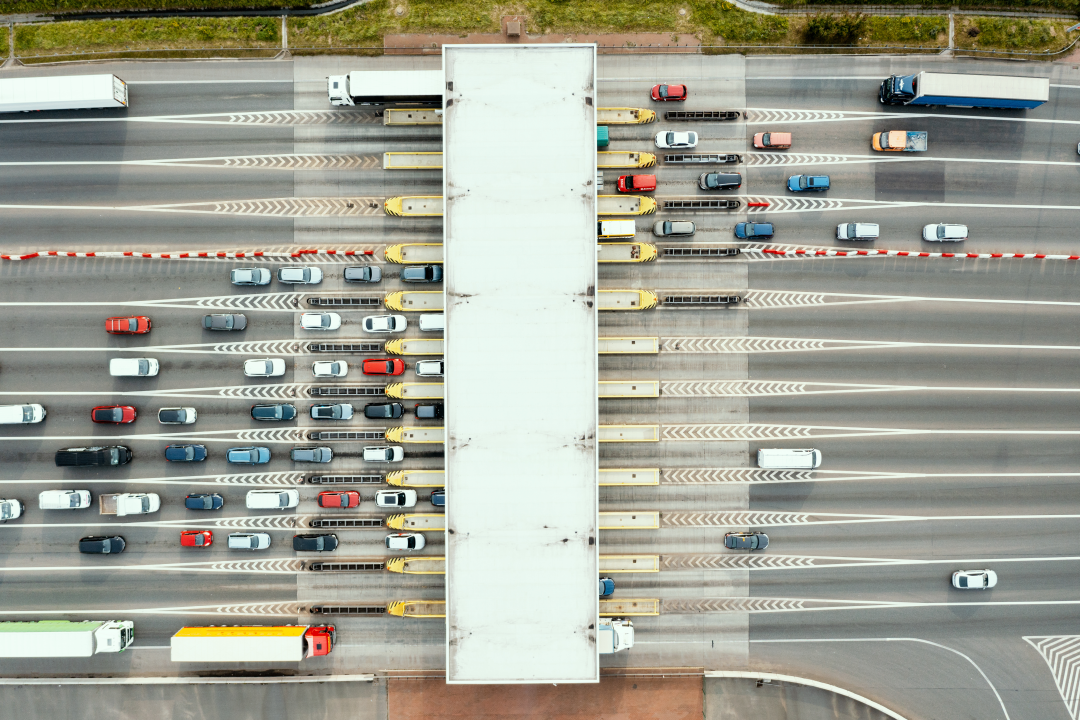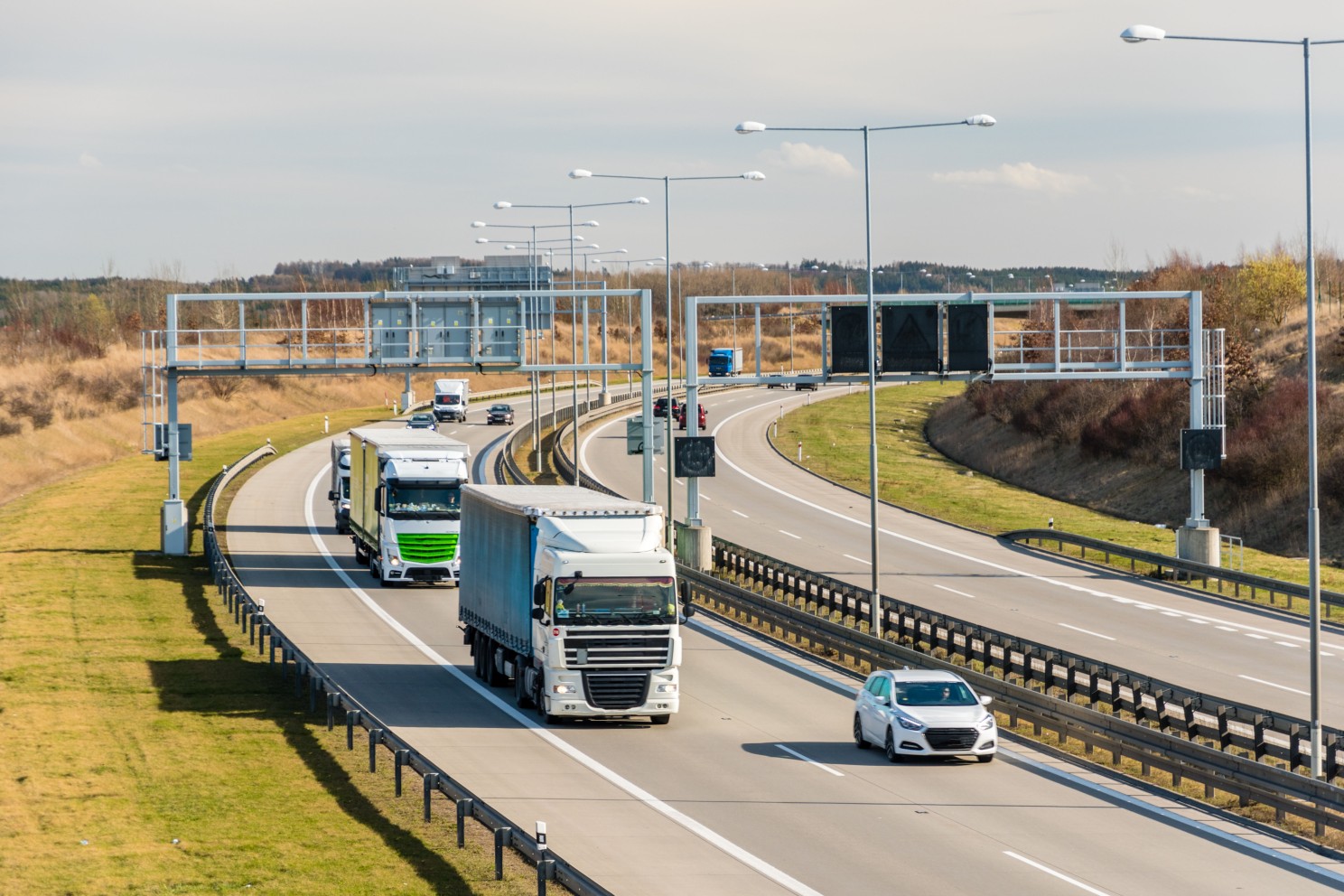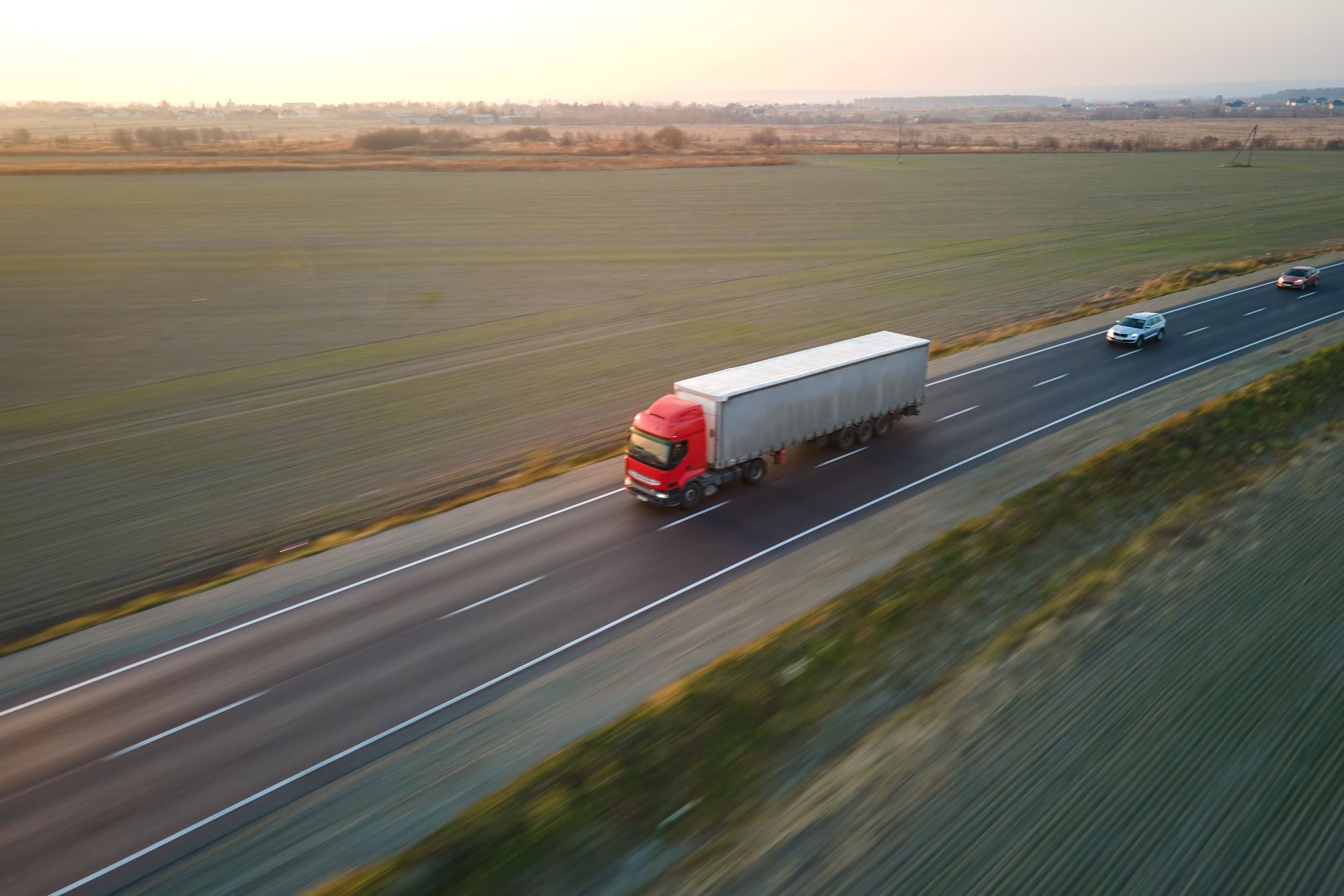
Susie Jones
Розуміння нових ставок плати за проїзд вантажних автомобілів у Німеччині
Створено: 12.08.2024
•
Оновлено: 12.08.2024
З огляду на постійні зміни в системі оплати за проїзд вантажних автомобілів у Німеччині, легко загубитися в численних змінах і правилах. Майже 83% місцевих поїздок вантажівок, що охоплюють приблизно 200 кілометрів, вже здійснюються платними дорогами, що підкреслює вплив німецьких зборів на витрати автопарку.
Зі зростанням ставок автодорожніх зборів ці нові зміни сильно б'ють по автотранспортних компаніях. Зміни в оплаті за проїзд у 2023 та 2024 роках стали результатом підтримки урядом Німеччини Закону про внесення змін до Закону про плату за проїзд, який передбачає наступне:
Нові тарифи на автодорожні збори
Запровадження плати за викиди CO2
Скасування звільнення від сплати за проїзд для транспортних засобів, що працюють на природному газі
Поширення плати за проїзд на транспортні засоби з дозволеною загальною масою понад 3,5 тонни.
Зміни з 1 січня 2023 року
На початку 2023 року тарифи на проїзд зросли. Вирішальними стали три фактори:
Кількість осей
Клас викидів
Допустима загальна маса автопоїзда.
Зміни від 1 грудня 2023 року
У грудні було запроваджено класи викидів CO2 як новий тарифний критерій. За кожну тонну викидів CO2 нараховується доплата в розмірі 200 євро - вона стягується з усіх транспортних засобів з дозволеною загальною масою понад 7,5 тонн. Індивідуальні розміри доплати, на додаток до поточного тарифу, залежать від класу викидів.
Клас 1 - Вантажні автомобілі з найвищими викидами CO2 і, відповідно, найвищою можливою надбавкою. [TollCollect] (https://www.toll-collect.de/en/tollcollect/tchomepage.html), який збирає плату за проїзд вантажних автомобілів у Німеччині, класифікує всі зареєстровані транспортні засоби за цим класом викидів - оператори автопарків повинні зв'язатися з ними, щоб подати заявку на кращу класифікацію, якщо вони мають на це право.
Класи 2 і 3 - обидва класи присвоюються при введенні даних про транспортний засіб на порталі TollCollect.
Клас 4 - Вантажівки з низьким рівнем викидів, наприклад, на природному газі.
Клас 5 - Вантажівки з нульовим рівнем викидів.
Зміни з 1 січня 2024 року
З 1 січня 2024 року звільнення від сплати автодорожніх зборів для транспортних засобів, що працюють на природному газі, більше не застосовується.
Зміни з 1 липня 2024 року
Плата за проїзд буде стягуватися з усіх транспортних засобів з технічно дозволеною загальною масою понад 3,5 тонни. Існує кілька винятків з цієї нової зміни:
Транспортні засоби з технічно допустимою загальною масою понад 4,25 тонни без шкідливих викидів.
Важкі комерційні транспортні засоби без викидів - це звільнення діє до кінця грудня 2025 року.
Транспортні засоби, що використовуються торговельними підприємствами - застосовується для транспортних засобів загальною вагою менше 7,5 тонн.

Підготовка вашого автопарку до липневих змін
До 1 липня вам потрібно буде перевірити, чи підлягають ваші транспортні засоби оплаті за проїзд, і якщо так, то яким чином ви бажаєте сплачувати за проїзд.
Перевірте свої транспортні засоби
Перевірте першу частину свідоцтва про реєстрацію транспортного засобу в полі F1. Якщо технічно дозволена максимальна маса вашого транспортного засобу перевищує 3,5 тонни, ви зобов'язані сплатити автодорожній збір. Вантажні транспортні засоби з технічно допустимою максимальною масою 3,5 тонни або менше не підлягають оплаті автодорожніх зборів.
Комбінації транспортних засобів - якщо буксируючий транспортний засіб має дозволену максимальну масу понад 3,5 тонни, ви повинні платити за проїзд. Поєднання транспортних засобів з дозволеною максимальною масою понад 3,5 тонни не підлягає оплаті за проїзд, якщо буксируючий транспортний засіб має дозволену максимальну масу 3,5 тонни або менше.
Вимоги щодо сплати дорожніх зборів застосовуються до транспортних засобів, призначених або використовуваних для автомобільних перевезень.
Торговельний бізнес є платним за певних умов.
Як оплатити автодорожній збір
Найзручнішим способом оплати є бортовий пристрій (OBU), який надають компанії Toll Collect, провайдери Європейської електронної системи оплати автодорожніх зборів (EETS) або їхні партнери з продажу.
Для оплати за допомогою OBU необхідно зареєструватися в Toll Collect і домовитися про час встановлення - після встановлення встановіть вагу "<7,5 тонн". З 1 липня 2024 року на автобанах та федеральних дорогах автоматичне стягнення плати за проїзд буде відбуватися за допомогою OBU.
Крім того, ви можете сплатити за проїзд на [веб-сайті] Toll Collect (https://www.toll-collect.de/en/tollcollect/tchomepage.html) або через [додаток] (https://apps.apple.com/gb/app/toll-collect-mauteinbuchung/id1321965602) перед початком подорожі.
Чи звільняється мій комерційний транспортний засіб від сплати нових німецьких дорожніх зборів?
Для того, щоб мати право на звільнення для ремісників, необхідно виконати наступні умови:
Керувати транспортним засобом можуть лише працівники торговельного підприємства.
Матеріали, обладнання або машини, що перевозяться, повинні бути необхідними для надання послуг і виконання робіт у торговельному бізнесі.
Товари ручної роботи, що перевозяться, повинні бути вироблені, оброблені або відремонтовані на підприємстві торговця.
Ви можете зареєструвати свої торгові транспортні засоби онлайн на сайті [Toll Collect] (https://www.toll-collect.de/en/tollcollect/tchomepage.html). Торговельні підприємства можуть знайти більше інформації про винятки на сторінці [FAQ] (https://www.toll-collect.de/en/tollcollect/service/fragen_antworten/mautaenderungen2023und2024/handwerkerausnahme/p1745faqhandwerkerausnahme.html) на сайті Toll Collect.
Чи можуть вантажівки їздити по неділях у Німеччині?
Існують заборони на рух комерційних вантажівок у певний час, щоб зменшити трафік і забезпечити безпеку на дорогах. Заборона діє в неділю, тобто водії вантажівок вагою понад 7,5 тонн не можуть пересуватися з 12 години ранку до 10 години вечора. Крім того, існує також заборона на рух у наступні державні свята:
Новий рік - 1 січня
Страсна п'ятниця - 18 квітня
Великодній понеділок - 21 квітня
День праці - 1 травня
День Вознесіння Господнього - 29 травня
Вітсан - 8 червня
День об'єднання Німеччини - 3 жовтня
Різдво та Boxing Day - 25 та 26 грудня
В основний період відпусток, з 1 липня по 31 серпня, по суботах діє заборона на рух вантажівок, тобто водіям вантажівок заборонено їздити між 7 ранку і 8 вечора, коли на дорогах спостерігається велика кількість транспортних засобів.



